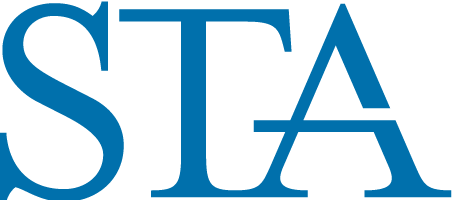The equity market access fee pilot proposed in March by the Securities and Exchange Commission is an example of the agency weighing the views of market participants and governmental agencies when determining market structure issues in need of study, SEC Chairman Jay Clayton said.
In remarks at an April 10 Security Traders Association symposium in Chicago, Mr. Clayton praised the work of the recently disbanded Equity Market Structure Advisory Committee and a capital markets report from the Treasury Department issued in October, citing both as advancing the need for an access fee, or maker-taker, pilot program. The SEC in March approved the proposal pending a 60-day comment period, to be followed by a final vote on the pilot by the commission.
The advisory committee “tackled a broad spectrum of market structure topics and made a number of thoughtful recommendations to the commission. And last October, the Department of Treasury published an insightful report that assessed U.S. capital markets and offered recommendations for enhancement. I think the Treasury report was some of the greatest pieces of government work that I have seen in my professional career. They framed the issues … so the likelihood that we’ll make meaningful progress (on market structure issues) has increased dramatically.”
“Some market participants have been particularly concerned that access fees can create conflicts of interest that detract from their efforts to advance the interests of their customers,” Mr. Clayton said. “A pilot program should enable us to test these and other issues empirically. Once we have the data, we can evaluate potential regulatory actions, including possible changes” to Regulation National Market System, which was implemented in 2003.
Jim Toes, New York-based president and CEO of STA, said institutional investors, particularly money managers, are “certainly of the opinion” that the access pilot fee pilot is needed. “The buy side is showing a willingness to engage on market structure issues,” Mr. Toes said. “Having that is a relatively new phenomenon.”
At the symposium, Douglas A. Cifu, CEO of high-frequency trading firm Virtu Financial Inc., New York, said the access fee pilot is “mixing apples and oranges” in terms of its intent.
“What’s the problem they’re trying to solve?” Mr. Cifu asked. “The complaint from the institutional side is that they’re not sure why agents are sending the orders where they do. We need better policing by clients of what their agents are doing. It’s not a question of banning rebates … I look at the concerns of institutional investors. If they don’t have the ability to go to their agents and ask why they’re routing there, (those agents) shouldn’t be in business.”
In a separate presentation, Robert W. Cook, president and CEO of the Financial Industry Regulatory Authority, Washington, said his agency, as part of an expansion of best-execution surveillance begun this year, is reviewing how members route their equity trade orders when inducements like exchange access fees and maker-taker rebates are involved.
“We want to know how firms determine the benefits to their clients on directing trades to venues with access fees,” Mr. Cook said, adding the review will dovetail with the SEC’s proposed access fee pilot.
The SEC is expected to vote “in the coming months” on proposals to increase transparency in order routing and trading activity in alternative trading systems, Mr. Clayton said.
“Regulations that promote public access to material information can empower investors and also can energize the competitive forces that benefit investors,” Mr. Clayton said. “In this way, transparency can substantially reduce the need for overly specific and prescriptive restrictions on conduct. Those overly prescriptive restrictions can impede competitive forces and in an evolving, complex system, can become outdated, ineffective and counterproductive.”
At the same symposium, Brett Redfearn, the SEC’s director of trading and markets, praised the “significant transparency initiatives” for order routing and alternative trading systems but warned that too much transparency could be a bad thing.
“While transparency is generally a highly beneficial principle, it can at times be a double-edged sword,” Mr. Redfearn said. “There can be times when too much information about systems design could result in giving away intellectual property. There might also be times when public disclosure for the sake of disclosure does not always enable fair and accurate apples-to-apples comparisons of order routing behavior, and instead lead to false impressions of behavior. I hope that, as the commission moves forward on these important issues, we would arrive at the right balance in these areas.”
STA’s Mr. Toes agreed with Mr. Redfearn’s assessment. “We think that transparency is good. Not only are people more aware of how their orders are handled, transparency itself eliminates bad behavior. We think it’s very effective in some regards,” Mr. Toes said, “but people do have proprietary information that could be reverse engineered if it’s disclosed.”
